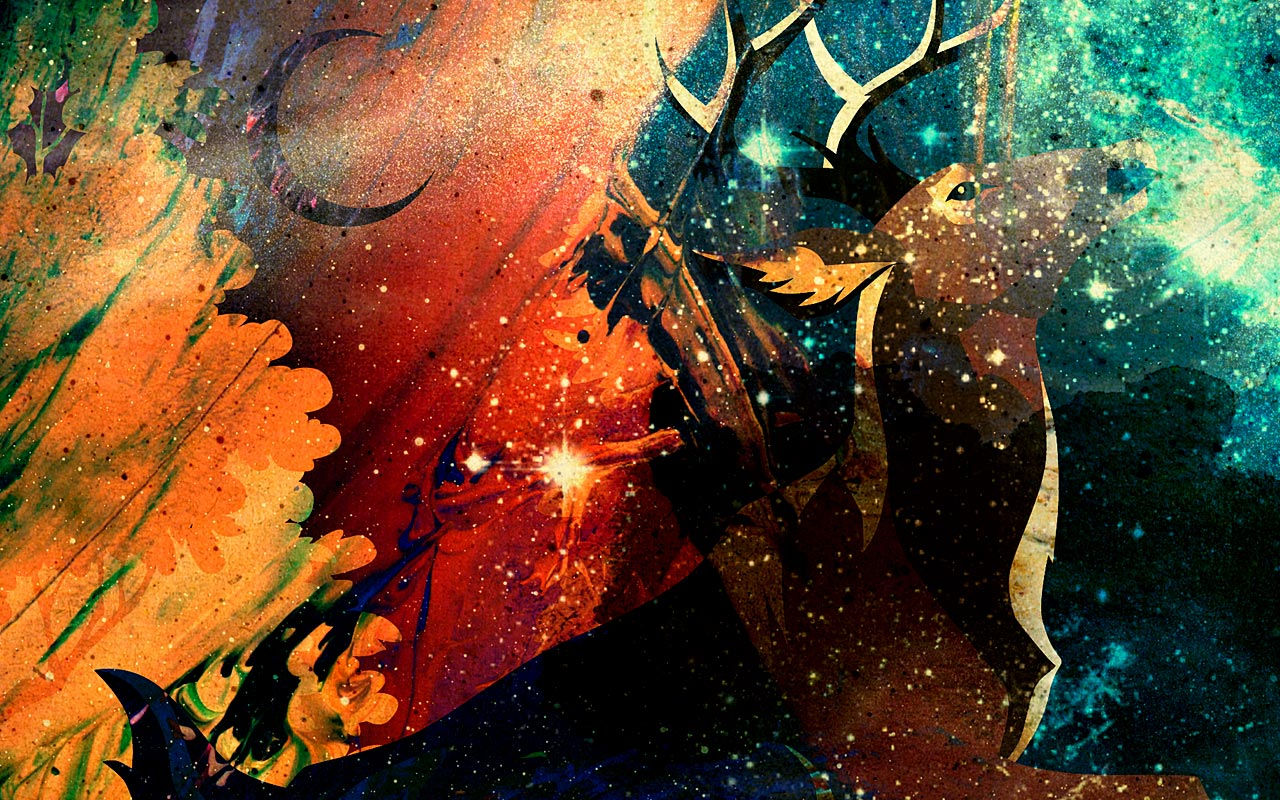
Everything is beautiful
One of the most prominent problems with the industrialization that took place in the larger cities was that it appeared to devalue the very nature of what made art so important. But rather than complaining about the ways in which pop culture could be viewed as replacing art, the artists of the mid 20th century leaned into the motif and used industrialization and popular culture as fuel for their own creative vision. Jackie Kennedy and Marilyn Monroe were easily recognizable as two of the most significant female figures in pop culture during the 60s, so Pop Art icon Andy Warhol immortalized them both in his famous prints. As you may recall from earlier in the site, Warhol also took everyday objects like Campbell’s soup cans and other images that called to mind the concept of big business and turned them into art. As artists during this fluctuating (and often politically and socially tense) time in history, it became their duty to catalog the essence of the Pop Art period using works of art that allowed them to comment on the blurring of lines between high and low forms of culture.
Artists from the Expressionist period had a lot to say about some of the most prevalent forms of emotional pain… take Edward Munch’s The Scream, a self-portrait of sorts whose catalogue of anxiety and inner-turmoil are hauntingly presented. Pop artists turned instead to societal turmoil, turning their art into yet another form of social commentary. Many of the artists that were paramount to this time got their start in commercial graphic design or illustration. They were perfectly primed to achieve one of the major goals of the Pop Art movement, which was to merge the traditional media of high art with the lower brow concepts of mass production and consumption. Their commentary served as a satire of sorts on the superficiality of the society in which they were observing massive change.

Eduardo Paolozzi, 1947

James Rosenquist, 1960-61

Andy Warhol, 1963
Andy Warhol is probably the most recognizable artist associated with the movement as a whole. As I wrote earlier, more often than not his subjects were inspired by places as mundane as the supermarket and produced with the theme of repetition in mind. The repetition of each image was meant to directly represent the feeling of off-the-shelf culture that Warhol was both observing and rebelling against. Most of his images were displayed with this cheap and reproducible mindset; what makes a work like Eight Elvises (above right) more unique is that unlike the majority of Warhol’s work, it was sold for an extremely escalated price rather than produced for mass-consumption. His commoditization of culture served as a reminder that in the eyes of the pop artists, art should be just as widely accessible as a comic book or a can of soup.
Pop art’s hold on the world did not last beyond the mid 70s, during which performance art as a new form of statement-making overtook the art scene. However, its influence on the notion of art as a bridge between higher and lower forms of culture has remained important to the present day, serving as a reminder that everything is art and everything is beautiful.
"As I have said many times, for me an artist is a person who says he's an artist, and an artwork is what an artist says is an artwork."
"Pop is everything art hasn't been for the last two decades. It's basically a U-turn back to a representational visual communication, moving at a break-away speed...Pop is a re-enlistment in the world...It is the American Dream, optimistic, generous and naïve."
- Jim Dine